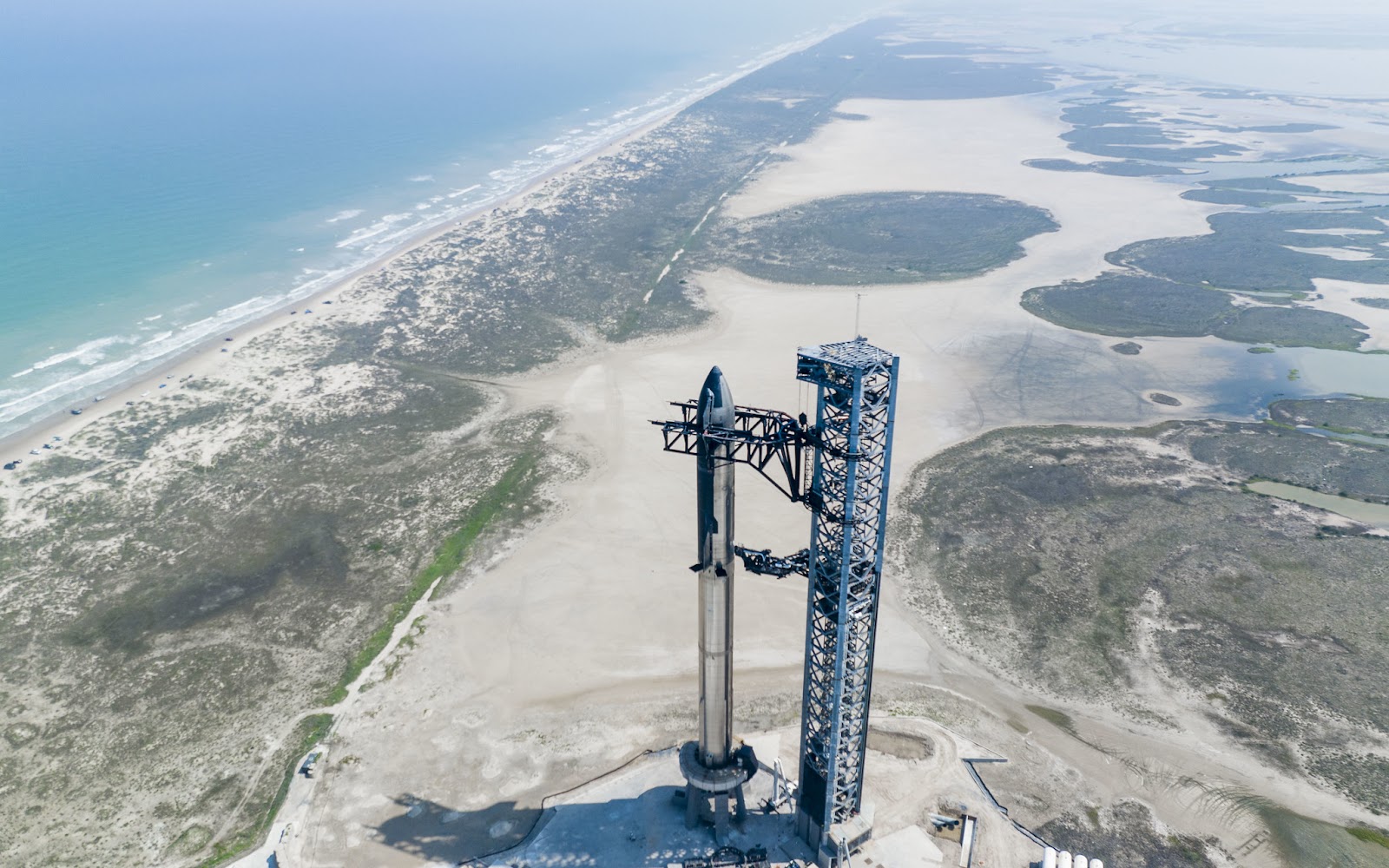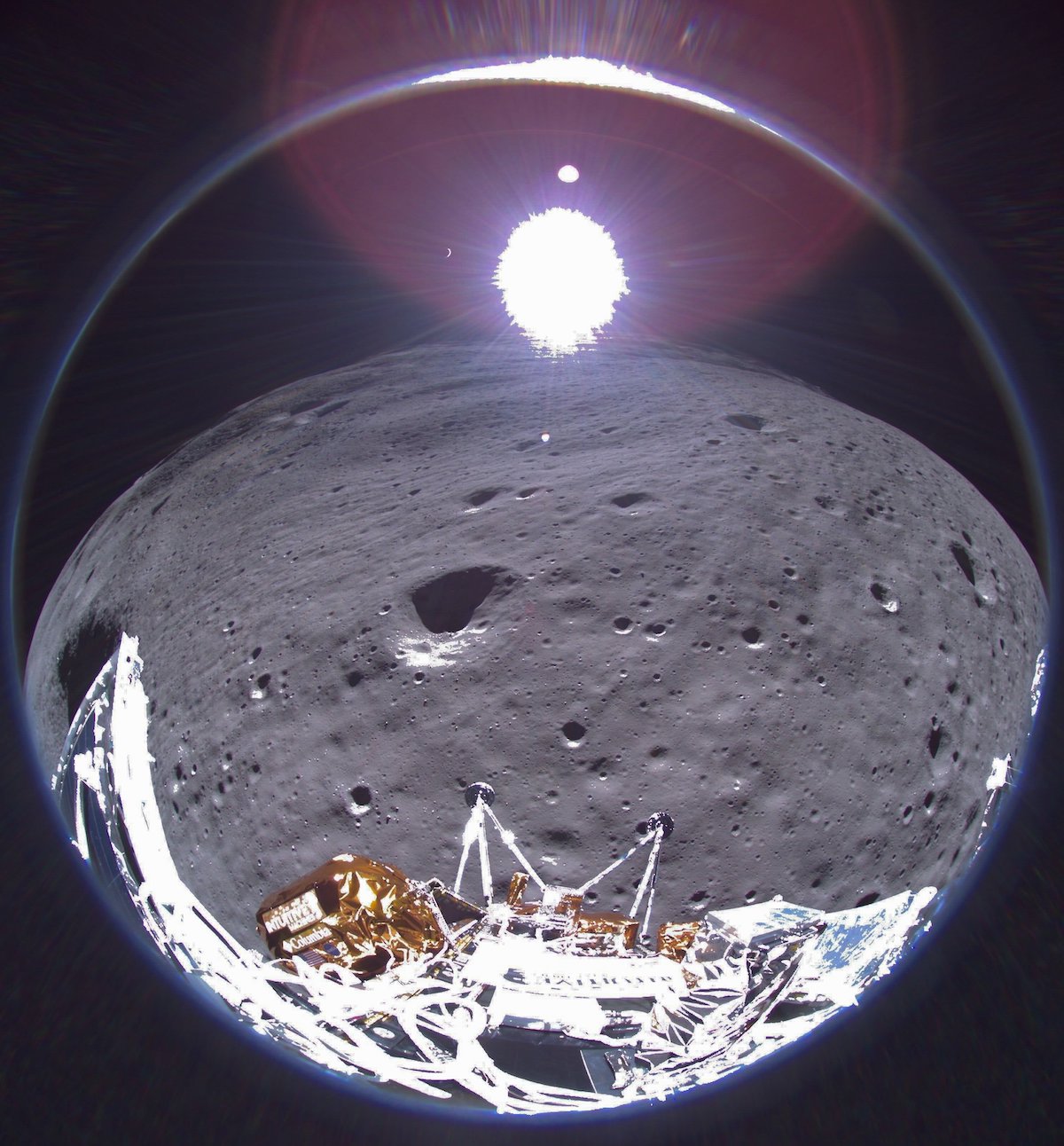This is T-Minus, where we count down the biggest developments in space, from new rocket launches to discoveries that advance our understanding of the universe and our place in it. Humanity is reaching new heights in space exploration. Make sure you’re part of the journey by subscribing here.

Did DART blow up an asteroid?
In September 2022, NASA made history by slamming its DART spacecraft into the asteroid Dimorphos, changing the asteroid’s orbit and proving that we have a shot at redirecting dangerous space rocks headed toward Earth.
In October, ESA plans to launch Hera, a mission to study the impact of DART on Dimorphos up close. The expectation was that it will find a crater where the spacecraft hit the asteroid, but a new study based on computer simulations suggests that might not be the case.
“The likelihood is that the crater grew to encompass the entire body itself, so that Dimorphos ended up being completely reshaped,” said study leader Sabina Raducan from the University of Bern. “As a consequence, Hera will probably not be able to find any crater left by DART. What it will discover instead will be a very different body.”
Whatever Hera finds when it reaches Dimorphos in 2026, the data it collects will make us better prepared to take action against any asteroids that might threaten life on Earth in the future.


Starship reloads
NASA’s plan to return people to the moon hinges on SpaceX’s massive Starship system, and SpaceX still needs to prove the rocket can safely reach orbit — its first two attempts ended with Starships exploding.
Anytime a rocket experiences a “mishap” like that, the FAA launches an investigation to determine why it happened and issue a list of corrections the rocket maker needs to address before it can fly the spacecraft again.
On February 26, the FAA announced that it was closing its investigation into the second Starship explosion, which had happened in November. Once SpaceX addresses the agency’s concerns, it’ll be able to apply for a license to fly Starship again.
As of February 19, Musk was predicting that this third flight attempt would happen by mid-March and that it has a 70-80% chance of reaching orbit. If it succeeds, NASA will be a major step closer to its goal of returning people to the moon in 2026.


Odie says, “So long”
In last week’s T-Minus, we recounted Intuitive Machine’s nail-biting mission to land its Odysseus spacecraft on the moon, which earned the startup a place in history as the first private company to soft land on the lunar surface.
On February 28, the company and NASA officials revealed that all six NASA instruments aboard “Odie” were not only able to transmit data back to Earth, but far more data than expected — NASA’s baseline goal was a few bytes of data, and Odysseus transmitted more than 350 megabytes.
The next day, Odysseus lost power and went dormant. Intuitive plans to try contacting the spacecraft in about three weeks to see if it survived the long, cold lunar night, but chances are the historic lander’s mission has come to an end.
“Goodnight, Odie,” Intuitive tweeted, along with a copy of the spacecraft’s final transmission: an image of the lunar surface with Earth in the background. “We hope to hear from you again.”

We’d love to hear from you! If you have a comment about this article or if you have a tip for a future Freethink story, please email us at [email protected].





